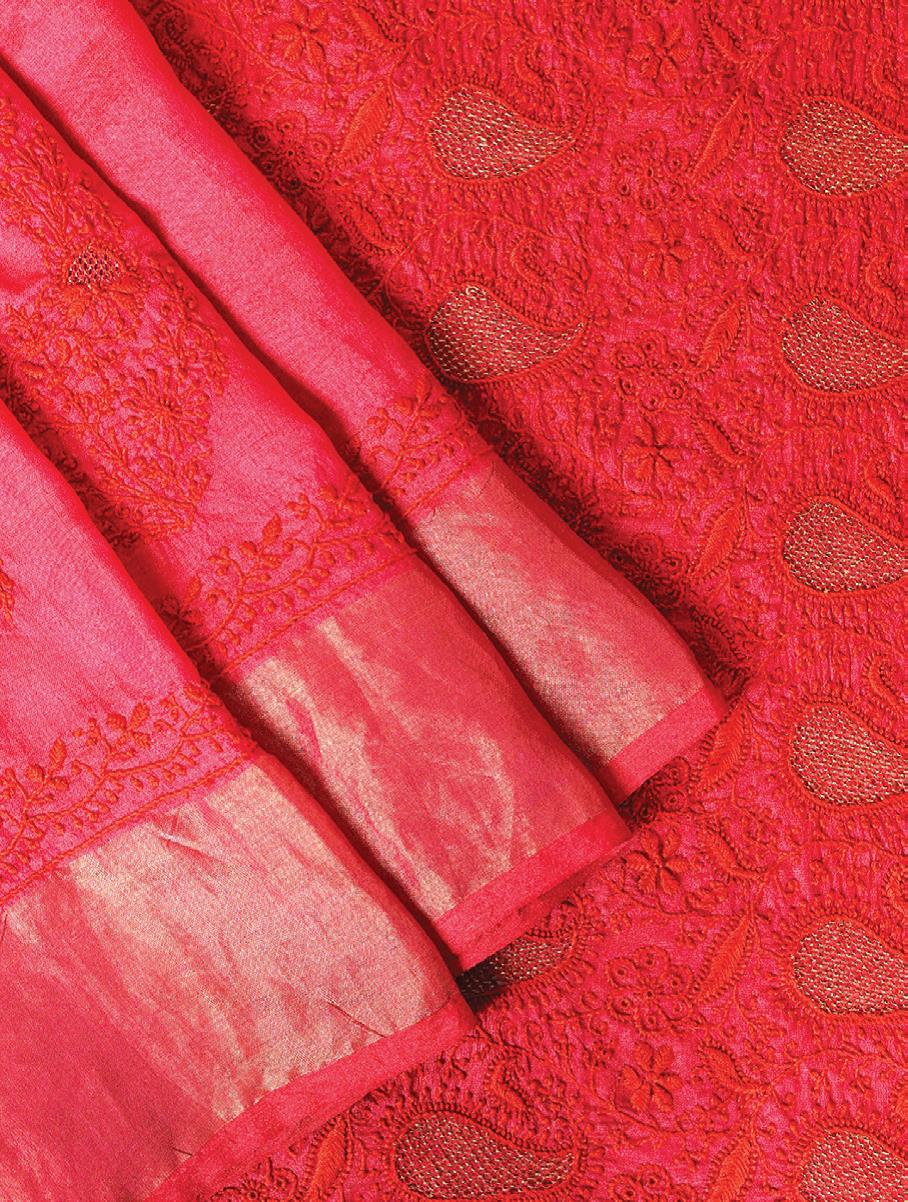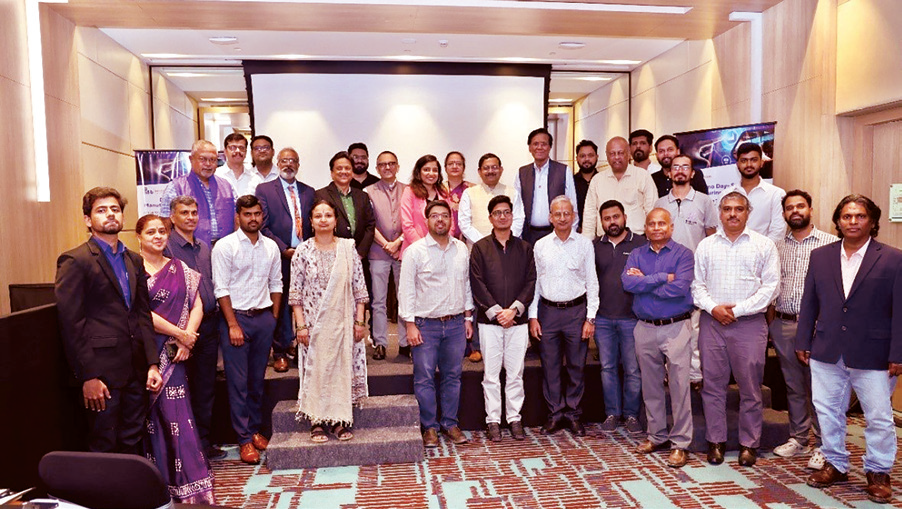
Kantha: Upcycling rags through stitches
“Today the fashion world may have different names and applications for Kantha, but in our childhood, we have all had hand-made kanthas in our homes, using torn and old saris of our mothers and grandmothers, by the rural service providers,” says Indrani Dutta, a media professional in Kolkata whose connect with Kantha is in a myriad ways.
Kantha fabrics originated in the homes of common folks of Bengal and is perhaps the simplest form of embroidery.
“Traditionally Kantha was embroidered on old layered cloth with ‘running stitch pattern’ drawn out of the borders of old saris, also depicting daily life, folk stories, epics or fauna and flora. The entire layered cloth was covered with running stitches resulting in a slightly wrinkled effect,” says Indrani adding that her grandparents often said Kantha evolved out of necessity to drape or protect against cold.
Legend also has it that Kantha owes its origin to Lord Buddha and his disciples. They used to cover themselves with rags thrown away by people, which were patched and stitched together using this running stitch.
Talking of rural women clusters in West Bengal associated with Kantha, Indrani relates the story of one successful village entrepreneur Tajkira Begum, hailing from Nanoor, in the Birbhum district of West Bengal, where most families were living below poverty line.
Led by Tajkira, the women of the village who traditionally stitched Kantha (a type of quilt stitched by joining fabric scraps, for covering oneself) showed the courage to join a support programme run by an NGO and has over the years risen from the dark days to showcase Kantha stitching skills to global audiences.
While Nanoor’s women started off stitching kanthas for sellers and customers in nearby towns, today, the successful entrepreneur Tajkira runs her cooperative with nearly 600 women, contributing to the art staying alive and takes up diverse products to meet the fashion industry worldwide.
The running stitch that got richer!
Says Bharathy Harish of the arts revival boutique Madhurya in South Bengaluru, “if there is one craft form where the adage ‘a stitch in time, saves nine’ fits in, it is the folk art, Kantha! Kantha’s ethos of mending and re pur posing and upcycling, makes it the definition of green-sustainable design!”
This textile tradition uses running stitch to have it meandering in ways that make it assume highly skilful dimensions to highlight its basic prints, subjects and fabrics.
“It can embellish and join layers, can be used as a line, a motif or texture on textiles! Kantha plays a starring role and also fuses layers of fabrics into embroidered wonders. Madhurya sources Kanthaworked saris, dress materials and shawls from rural women clusters in West Bengal whose work comes up in all handmade silks, crepes, cotton and bedspreads,” adds Bharathy.
Kantha derives its name from the Sanskrit word ‘Kontha’, which roughly translates to ‘rags’ in Sanskrit. While the craft can be traced back to pre-Vedic times, it’s the rural women of Bengal who have kept this tradition thriving, re-purposing and stitching together layers upon layers of soft saris and old dhotis with a ‘reinforcing running stitch’ using motifs depicting birds, animals, fish, folks stories and mythological characters for showcasing this distinct embroidery tale.
In a documentation of Kantha by designer and NID Ahmedabad graduate, Ekta Kaul says Kantha, created exclusively by women, originated in the Bengal region of the Indian subcontinent (present-day West Bengal and Bangladesh).
Women repurposed their old clothes and textiles, fastidiously turning them into quilts for children, bed covers, blankets, handkerchiefs, covers for furniture and the like.
Ekta Kaul who has created cartographic textile maps that explore places and histories through stitches and embroideries, uses this running stitch for her pieces of art displayed at global museums and private collectors.
“If there is one pragmatic art that looks at ‘old as new’ and makes the ‘frugal turn abundantly rich’ it is Kantha!” she asserts.
Types of Kantha
Running Kantha is a straight running stitch and it is this original form that developed branches over time.
The stitch later using figures and story-telling was named Nakshi Kantha; the geometric patterns were called Par tola Kantha; Lik or Anarasi (pineapple) Kantha is practiced in northern Bangladesh while wave-like stitch is LohoriKantha; Sujni Kantha is a type found in Rajshahi area of Bangladesh and Bihar where they bring in an undulating floral and vine pattern.
Textile history says…
Kantha as an art form disappeared in the early 19th century before being revived in the 1940s by the daughter-in-law of the famed Bengali poet and Nobel laureate, Rabindranath Tagore.
While the word Kntha has no certain etymological root, it is believed to be derived from the Sanskrit word kontha, meaning rags.
Believed to be existent from the pre-Vedic age (prior to 1500 BCE), its earliest record is found dating 500 years ago. In his book titled Sri Sri Chaitanya Charitamrita, the poet Krishnadas Kaviraj writes how the mother of Chaitanya sent a homemade Kantha to her son in Puri through some traveling pilgrims.
This same Kantha is today on display at Gambhira situated south-east of the Jagannatha Temple in Bali Sahi in Puri.
 English daily published in Bengaluru & Doha
English daily published in Bengaluru & Doha






